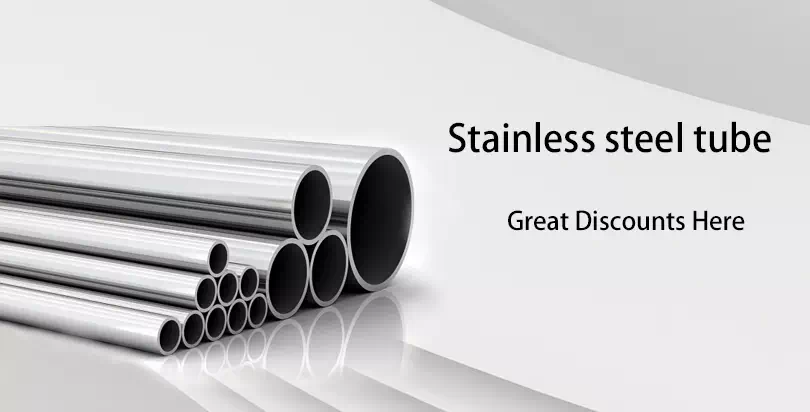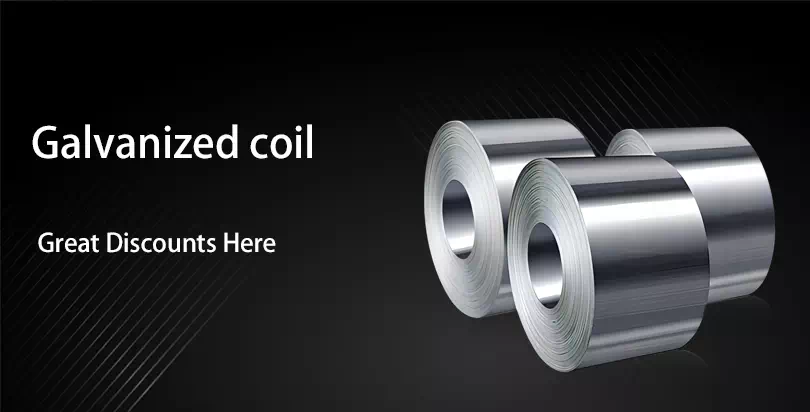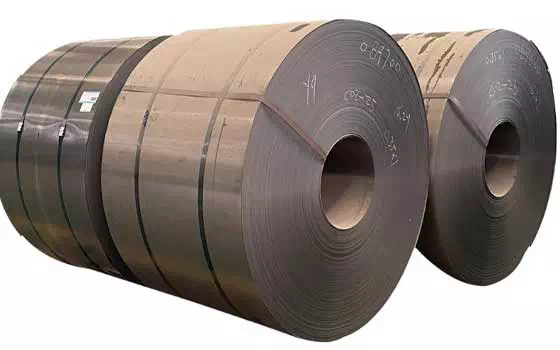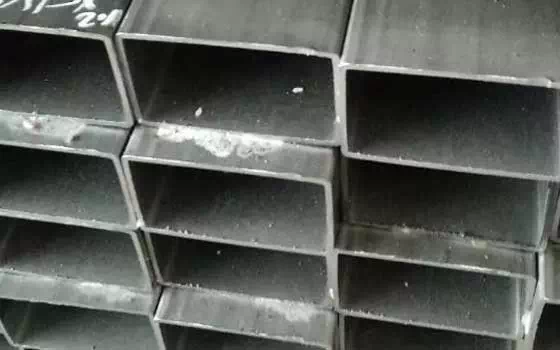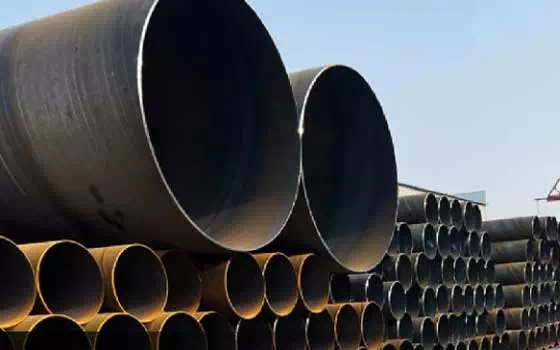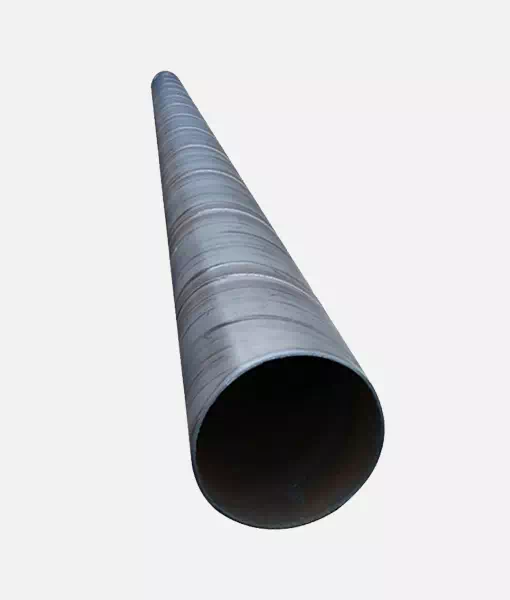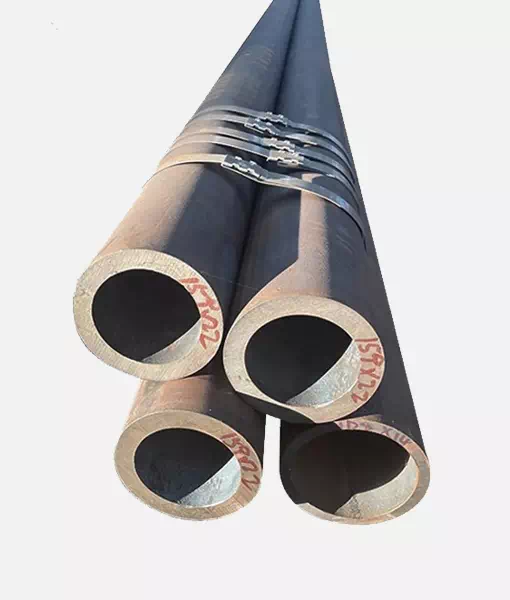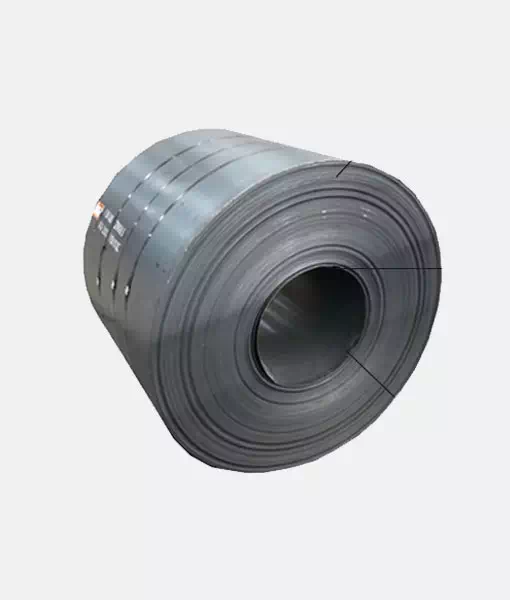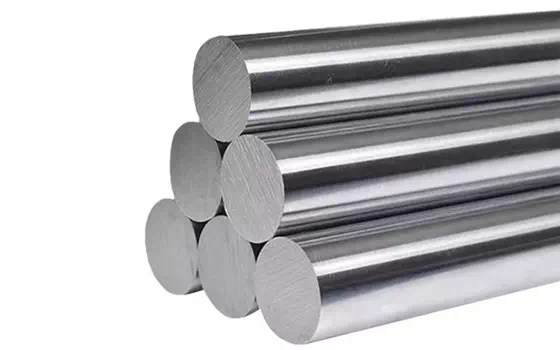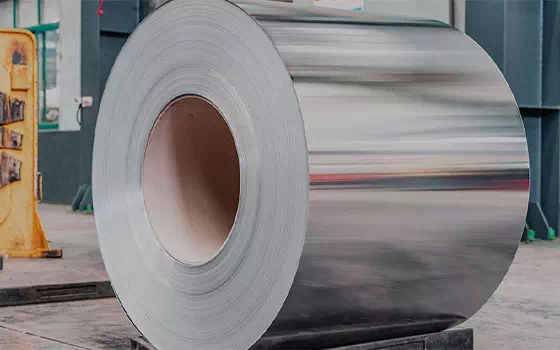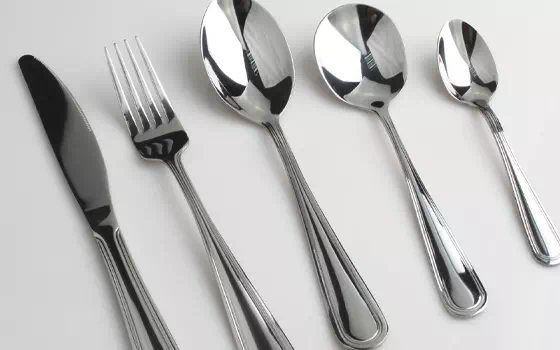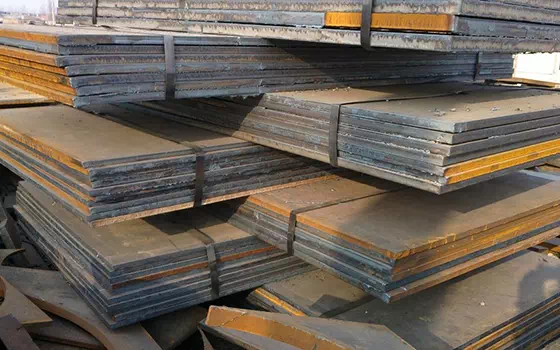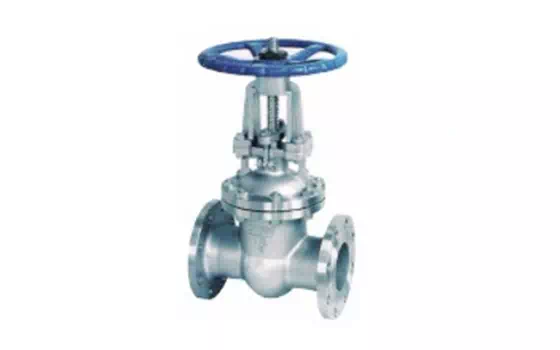low carbon steel plate is a kind of material that is used a lot. It is divided into ordinary low carbon steel plate and special steel plate, including low alloy high strength steel and corrosion and heat resistant laminated steel plate. Ordinary low carbon steel plate cold rolled and hot rolled two, cold rolled steel plate surface quality, precise thickness size, used for manufacturing body and so on. Hot rolled plates are used to make car frames and the like.
The type of steel plate is usually divided into three kinds according to its thickness: thick plate (above 6mm), medium thick plate (3-6mm) and thin plate (below 3mm). In terms of plate making process, low carbon steel plate can be divided into cold rolling and hot rolling two kinds. Low carbon steel plates of about 1.2mm and stainless steel plates of about 2mm can be made by hot rolling alone, and thinner plates can be made by cold rolling and annealing and tempered rolling.
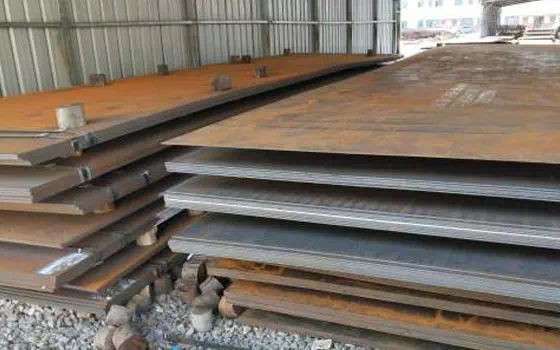
Cold rolled steel plate
Cold rolled steel plate for parts forming requires the plastic deformation of the material, the surface should not have wrinkles, cracks and other parts. For different parts, different grades of steel plate are used. For example, the standard of Japanese automobile steel plate is divided into three categories, the first class (SPCC) is the ordinary cold rolled steel plate, usually the boiling steel rolled, the second class (SPCD) is the rolling steel plate, the third class (SPCE or SPCEN) is the deep drawing cold rolled steel plate.
In the past, due to the large segregation of boiling steel components, unstable performance, sensitive aging, limited to unimportant stamping parts. The cost of non - time - effective aluminum steel is 10-20% higher than that of ordinary boiling steel. In the past, finishing cold rolling was used to suppress the aging effect of boiling steel plates, which in fact only delayed the occurrence of aging. Countries are studying new ways to improve. The loose coil annealed steel plate (O.C.A) developed by the United States is a special annealing of boiling steel plate in the atmosphere containing water steam and hydrogen, because annealing in this atmosphere can remove the solid solution of steel and carbides in the combined carbon, inhibit the aging sensitivity, and further soften the steel plate. At the same time, due to the growth of recrystallized grains, the {111} aggregate crystalline arrangement parallel to the surface of the steel plate increases. According to the research of Armco Steel Company in the United States, this is related to the improvement of the plastic deformation anisotropic of steel plate, resulting in the improvement of the stamping formability of steel plate 84. In recent years, based on the loose coiled-annealed steel plate, the United Annealed steel plate (U.A.D) is developed, in which several coiled-rolled steel plates are welded into one coil and placed in a special annealing furnace for decarburization. Its advantages are lower than the cost of loose coiling annealing, and the steel plate treated in this way has been widely used in cold rolled steel plate for drawing.
Hot rolled steel plate
Compared with cold rolled steel plate manufacturing process is simple, the cost is cheaper, but foreign experience that hot rolling method is only suitable for the manufacture of thick steel plate more than 1.6 mm, for thinner steel plate is uneconomic, hot rolled steel surface quality and dimensional accuracy are not as good as cold rolled steel plate, hot rolled steel plate on the car, in addition to the frame rail, beam and various supports, Also stamping requires a certain strength of the wheel rim, wheel, etc., as well as the force is not big, surface requirements are not too high shell cover plate. The former is 3-5 mm thick steel plate, the latter medium plate, sheet are used, the use of hot rolled plate on the automobile, to thick plate. In the standard of hot SLSN plate for automobiles formulated by Japan Automobile Association, SAPH type is used as car beam and wheel, while SPH type is hot-rolled soft steel plate for making non-stressed shell.
Metal and mechanical properties of low carbon steel plates
Metallic properties
According to the different deoxidation methods used in the process of steelmaking (melting, ingot casting and plate solidification), low carbon steel can be roughly divided into boiling steel and aluminum sedated steel, as shown in the "boiling steel and aluminum sedated tempering chemical composition". Boiling steel is deoxidized with carbon, while sedated steel is deoxidized with aluminum. The difference between the two types of steel is the amount of carbon, oxygen and aluminum. The content of oxygen and carbon in boiling steel is high, and most of them are nonmetallic inclusions. Moreover, the nitrogen in the boiling steel is not fixed, whereas the nitrogen in the aluminum-killed steel is fixed by the aluminum. Therefore, compared with the two, the aging degradation phenomenon (the phenomenon of low tensile strain and total elongation during forming) of the boiling steel is inevitable, while the aluminum sedated steel is easy to form crystalline aggregate structure and has the plastic anisotropy desired in deep drawing. Therefore, the steel plate with high processing performance requirements (SPCD and SPCE, etc.) should use aluminum sedative steel plate, but the production cost of boiling steel plate is low and easy to keep the surface beautiful, so it is still used much.
In addition to the above identification of the properties of the two steel plates from the composition, it can also be identified from the metallographic comparison of the grain formation state. In addition, the grain size can be controlled by annealing conditions of steel plate, boiling steel plate is easy to change greatly. Especially in order to improve the formability of the boiling steel and the processing of enamel products (such as not easy to bubble), the decarbonization annealing, made of coarse grain and texture of the cold rolled steel plate is very soft. However, if the grain is too coarse, the forming limit of spinning may be reduced.
The differences in metal properties between hot and cold rolled steel plates mentioned above are summarized below. The shape of the non-metallic inclusions of hot rolled steel plate is elongated strip, which is not well combined with other metals. Therefore, compared with the anisotropy observed by the grain shape and size, the steel plate has greater potential anisotropy, resulting in poor ductility perpendicular to the rolling direction. The internal anisotropy of cold - rolled steel plate can be reduced by annealing.
There is also a big difference between the two steel plates is the difference in the surface state. Because of the combination of cold rolling and tempering rolling, the surface of cold rolled steel plate is refined in the form of dull finishing rolling (pear skin finishing) and bright finishing rolling. The surface of the hot-rolled steel plate used in ordinary processing is the state of pickling the oxide skin generated during hot rolling, so it is very rough and does not have the uniform state of cold rolled steel plate. In addition, internal defects in materials and surface defects in manufacturing sometimes appear in the form of surface hair lines. The effect of the surface characteristics of the steel plate on spinning is not well understood, but some cases have been reported that surface cracks caused by pretransportation have caused the workpiece to break during deep spinning.
Mechanical property
The tensile test values of typical hot-rolled and cold-rolled steel plates are summarized in the table. Compared with the various steel plates attached to the table for reference, the overall elongation of steel plates exceeds that of aluminum, even though the strength of steel plates is two to four times that of aluminum. This is the characteristic of steel plate. In addition, you can see from the table that there is a difference in R-values (Lankford values) and N-values (work hardening index). The n value of steel plate is lower than that of aluminum plate (except hard aluminum plate, i.e., H plate). This characteristic can be considered suitable for spinning forming.
In comparison between steel plates, generally speaking, hot rolled steel is slightly harder than cold rail steel, and the elongation is lower. In cold rolled steel plate, the more advanced the steel, the softer, the lower the yield point, the larger the n and r values, and the larger the total elongation. In addition to the above properties of plastic deformation, the elastic properties of steel plate than aluminum plate is two times. This is beneficial to reduce the spinning - forming mesh bullets and improve the rigidity of the parts. This merit is compelling.


